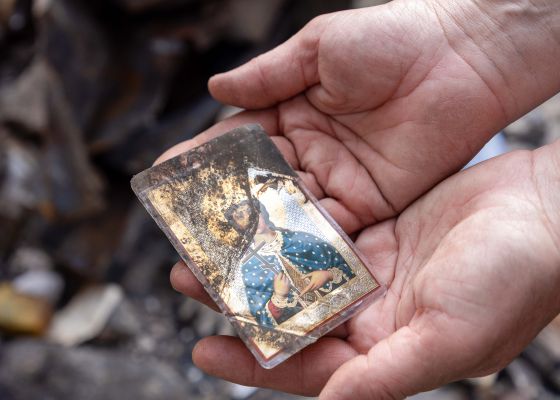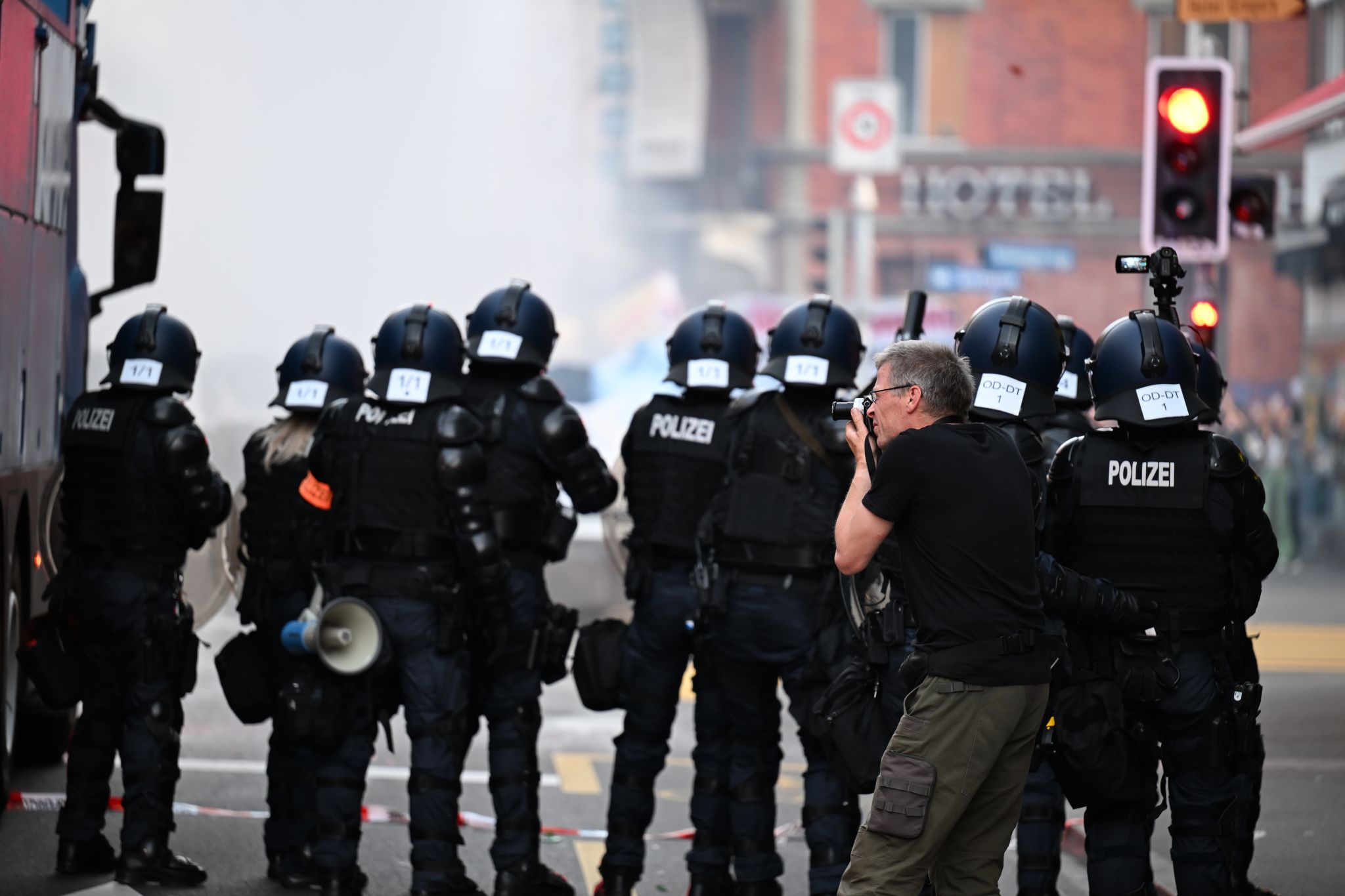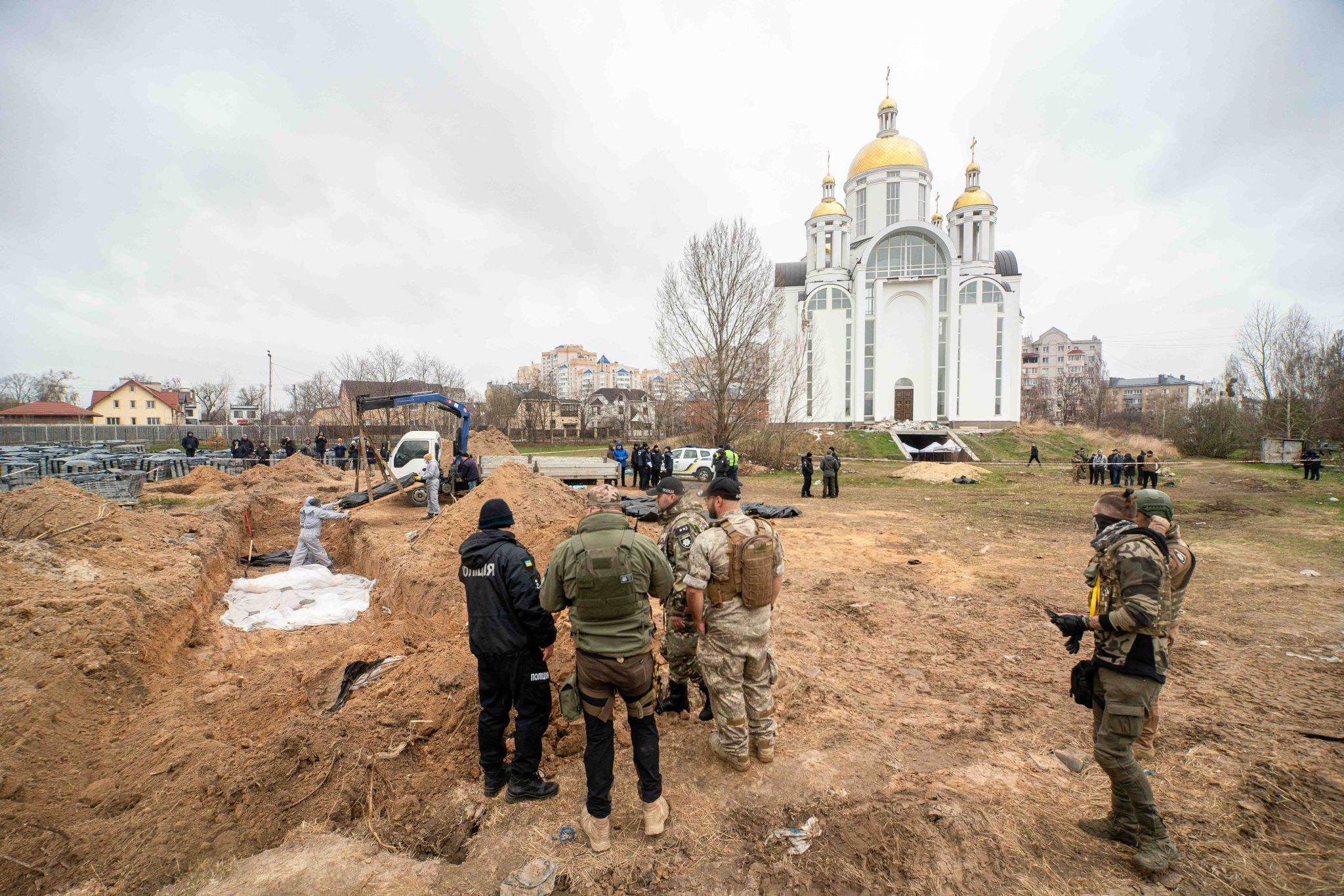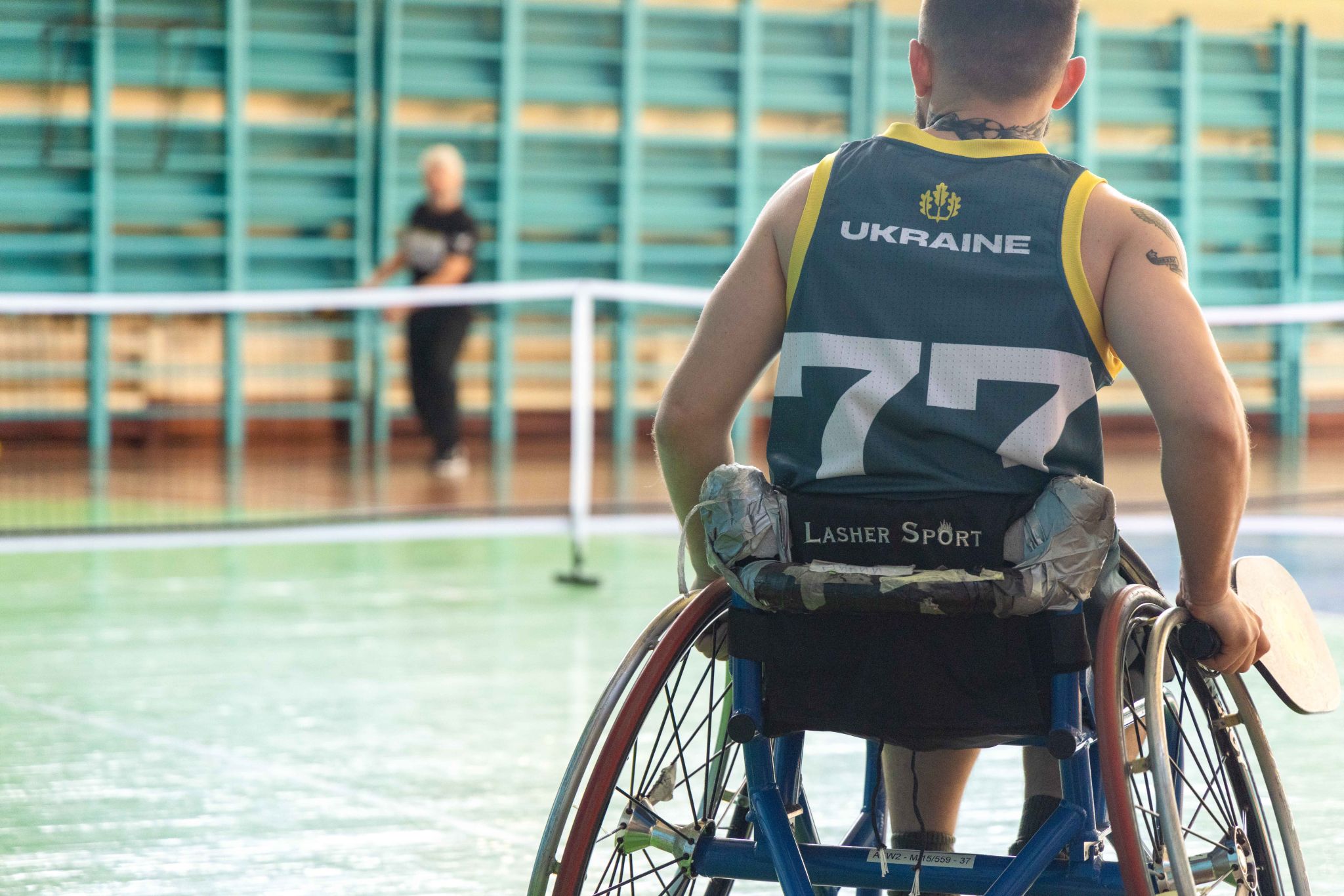
New at Alto Press: Raimond Lueppken
5 minutes
German photojournalist Raimond Lueppken has lived and worked in Switzerland for many years, where he mainly photographs protests and cultural events. His main focus is on international reportage, especially from regions afflicted by conflict. He has been following developments in Ukraine closely, which has become his central subject. Raimond regularly travels to the country and has already worked in numerous regions. In collaboration with reporter Kurt Pelda, he regularly reports on the current situation in Ukraine for the Swiss media group CH Media.
How did you get into photography?
I've been doing photography for a very long time — since 1992 or 1993. My sister, who studied textile design, also worked in photography. A good friend was doing a traineeship as a photographer at the time, and he showed me everything he had just learned.
I photographed my first concerts back then. After that, I took a break from professional photography. I continued photographing while traveling with a small camera, but not events or any stories.
I started working in journalism in 2016. Five years ago, I returned to professional photography. I'm not much of a writer, so I turned to photojournalism.
I’ve had regular assignments since the war in Ukraine. I had been following developments closely since December 2021, and I knew that I wanted to cover it as soon as something happened. Even during the war in Yugoslavia, I had wanted to watch and document it, but I was still too young back then.
What did you cover in the meantime?
I covered the COVID-19 deniers' protests intensively. I regularly photographed their activities in Switzerland, as they were active in the country just like in Germany.
What motivates you?
I've found photography very exciting for a long time, even though for many years I only photographed privately while traveling and not professionally. I'm currently considering whether I should switch to smaller cameras. Cameras that are too big often distort situations in reportage. Small cameras are less noticeable — they allow me to be less visible and present. That way, I can show what is happening without distraction.
What is your approach to your work?
I don't like being photographed myself, and I've noticed that others feel the same. I find it terrible when colleagues give too many instructions to the people they want to photograph. I just want to show things as they are — without standing out or being in the foreground. I prefer not to be noticed at all.
What was your most exciting story so far?
I was completely overwhelmed by the situation at a mass grave in Bucha. I was almost unable to look at what was happening. Instead of observing it directly with my eyes, I looked through the lens. I didn’t even take many pictures. But it helped me to get through the shock — at the beginning of the war.
What stories would you like to cover soon?
People think I'm completely crazy, but I would love to cover natural disasters. That really interests me — whether it’s a forest fire, a volcanic eruption, or an earthquake. I like the danger. It’s something not everyone wants to photograph.
I would also like to accompany the Cultural Forces. Their project is especially exciting. They want to support soldiers through culture. The soldiers live — sometimes for months — in total filth, cut off from the world and culture.
That is incredibly interesting from an emotional point of view. There is great solidarity with the soldiers in Ukraine. Many people help with donations or volunteer work.
Over the last few months, I’ve documented a few sporting events for veterans and people with disabilities. This area has so many compelling stories to tell. I’ll keep working on it.
Raimond's Portfolio
Raimond is available for assignments in Switzerland and in Ukraine.
You can book with here.



